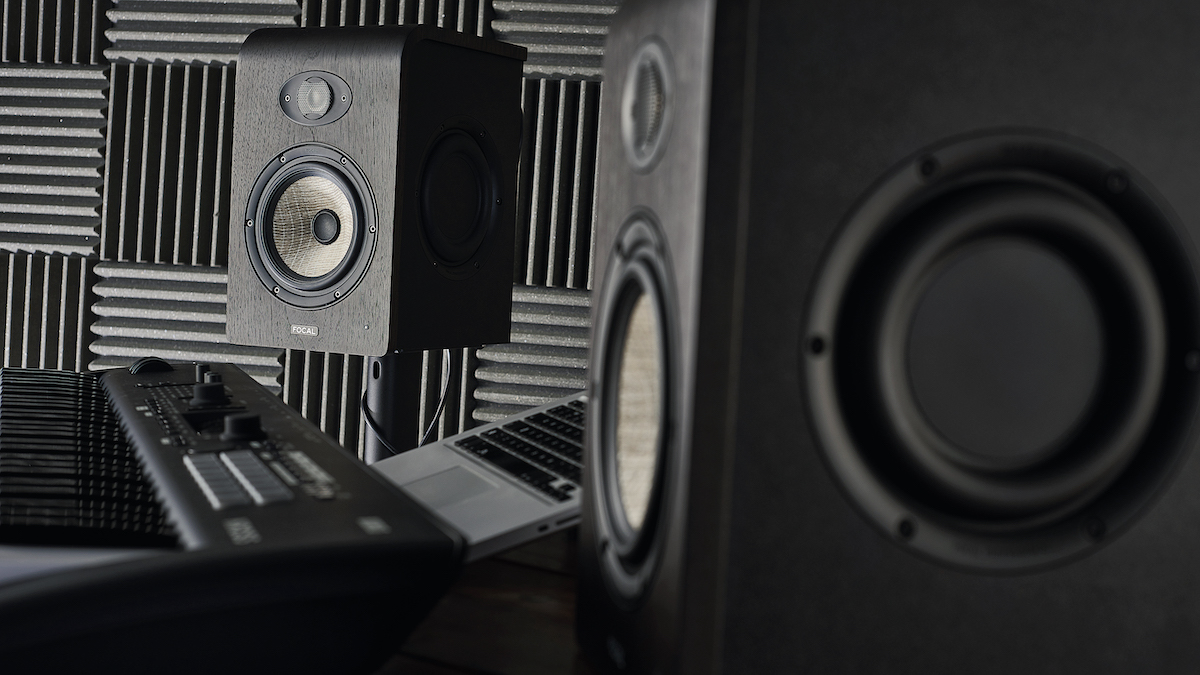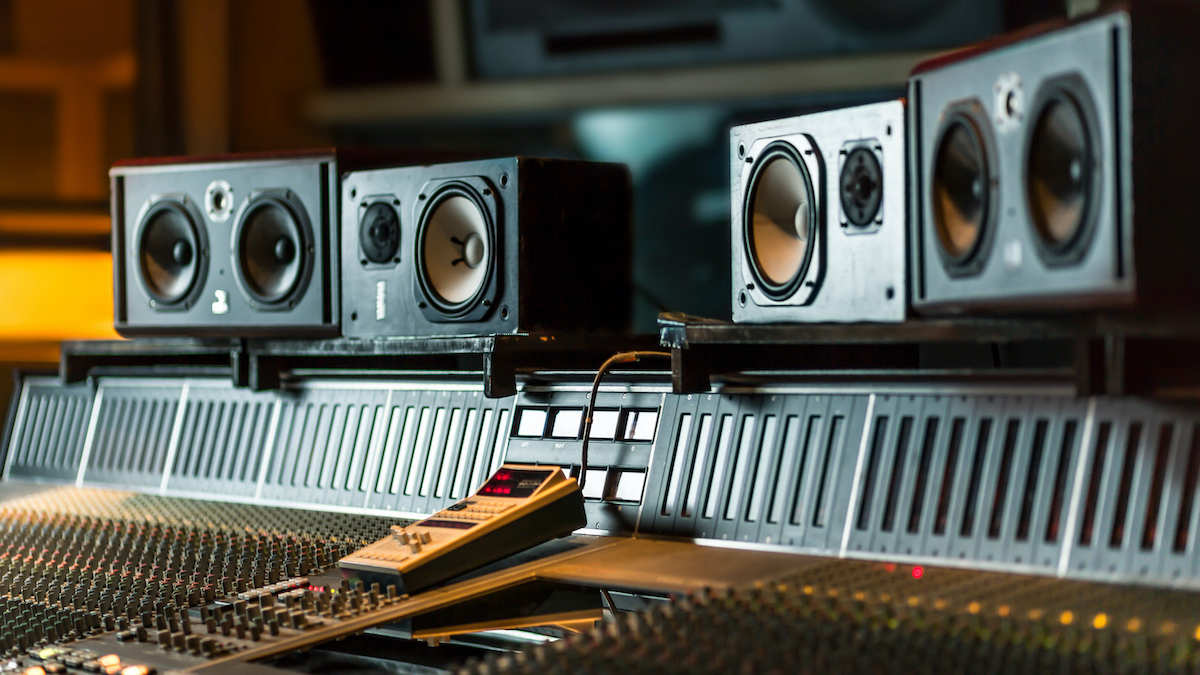
There’s a lot more to effective monitoring than simply buying the best studio monitors you can afford and plugging them in. The details of your setup will play a huge part in ensuring you get the best possible sound out of your equipment and environment.
With that in mind, here are seven easy steps that will guide you through positioning your monitors correctly.
1. Orientation
Decide an orientation within the room. If your shortest dimension is around four metres or more, consider setting up so that the width is the longest dimension.
Space to the sides of the monitors helps support stereo imaging and reduce the effective strength of side wall reflections. Setting up longways allows for a greater depth of bass trapping at the rear of the room and provides more space at the front to keep your listening position out of the middle third of the room.
2. Wall spacing
Decide how close to the front wall (the one you face) the monitors will go. Unless your room depth is over ~9m it’s best to keep the distance from the wall to the front of the monitor 1m or less, but don’t let the rear of the monitors get closer than 10cm to the wall. If ported to the rear, a gap of 30cm or more is better.
3. Smaller rooms
For width spacing, setting the spacing between 1m and 1.6m, measuring from the centres of the LF driver cones, gives you plenty of stereo image width in small and medium-sized rooms.
4. Triangulation
Your listening position should be the point of an equilateral triangle with the monitors. Using the above spacings, this position will be around 0.87m to 1.39m back from the fronts of the monitors. Your head should be equidistant from each of them, a distance that is the same as their LF driver cone spacing.

5. Face-to-bass
If you haven’t already, turn the monitors in to point directly at your head. This should mean that, by virtue of the equilateral triangle, they form a 60º angle (each 30º from your line of sight). Make sure the monitors are facing flat. If you want to raise them above your seated head height, keep the angle shallow (max. ~15º).
6. Co-vibration
Mount your monitors with some form of decoupling to prevent them transmitting vibrations elsewhere. Dense/heavy speaker stands, such as stacked concrete blocks, work well. Sitting the monitors on metal spikes reduces their contact surface area and thus attenuates the transmitted energy.
Foam pads are also great for decoupling. Combining dense and springy materials can be a great approach and is often cheap, too, as bricks, blocks and foam are common. Avoid mounting monitors on the same surface.
7. Raise them up
Seating your monitors on or close to flat surfaces will add more phase shift and cause a degree of comb filtering. The more the monitors are raised up from these surfaces the less pronounced the comb filtering, though you won’t be able to avoid it completely. Try a few positions to find a compromise.







